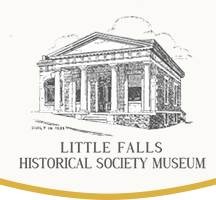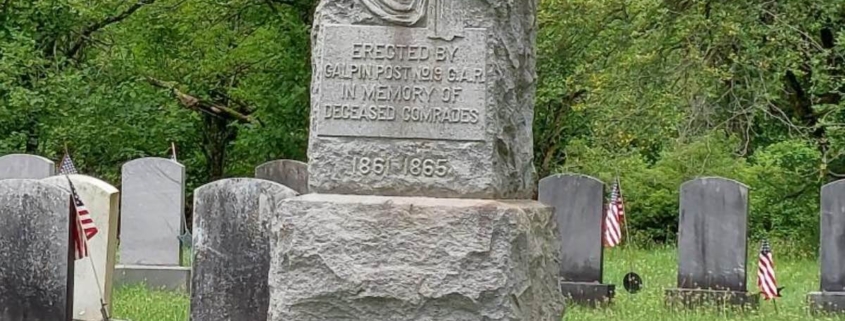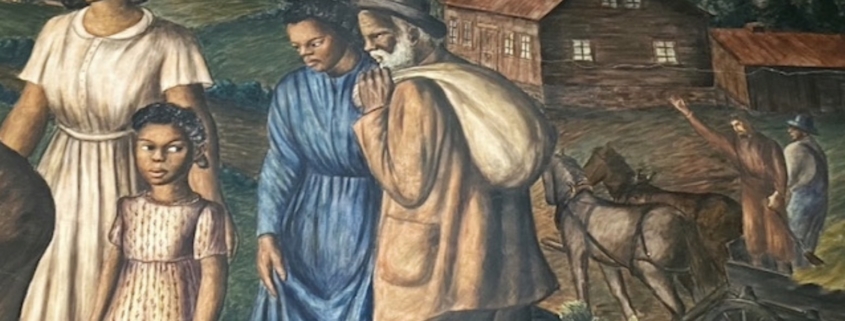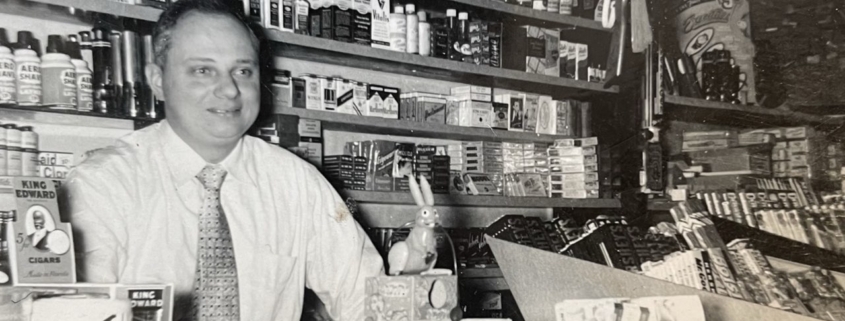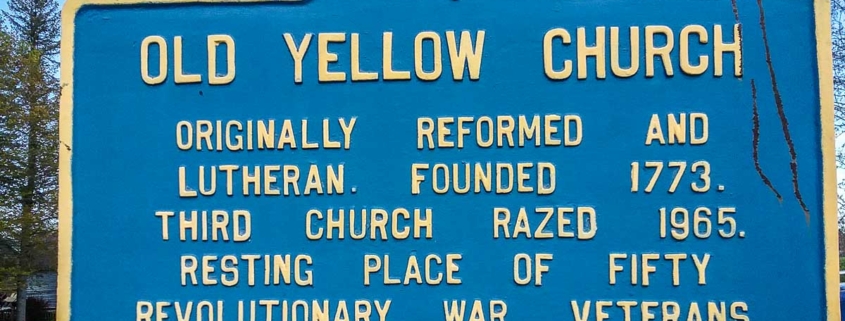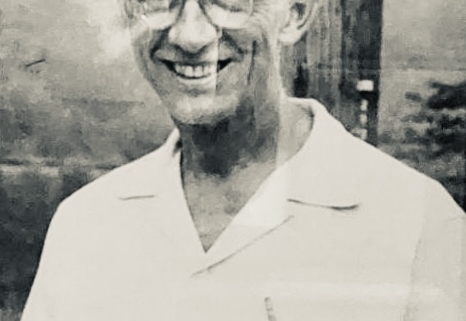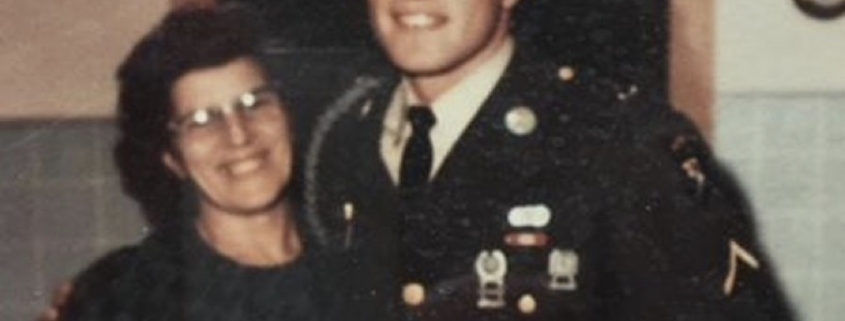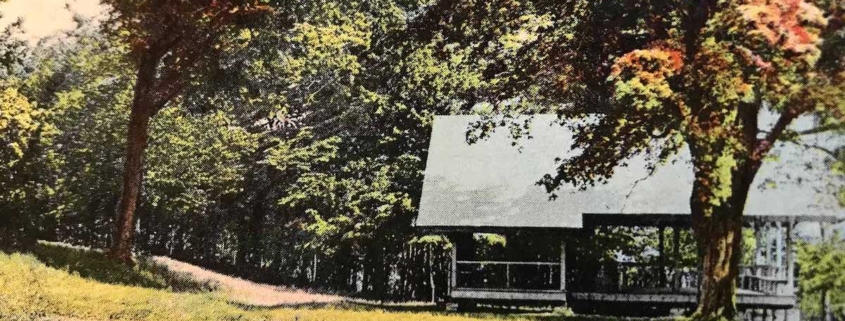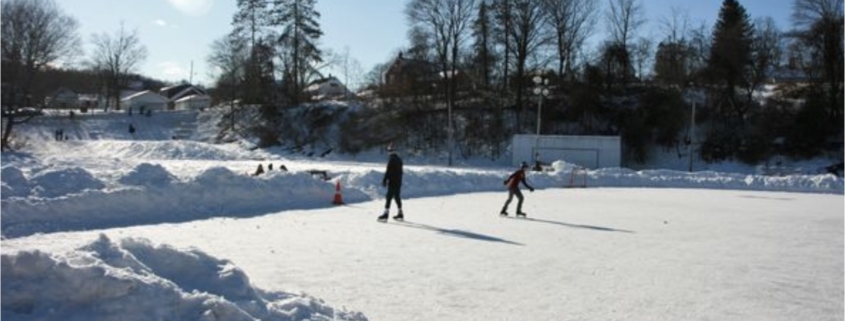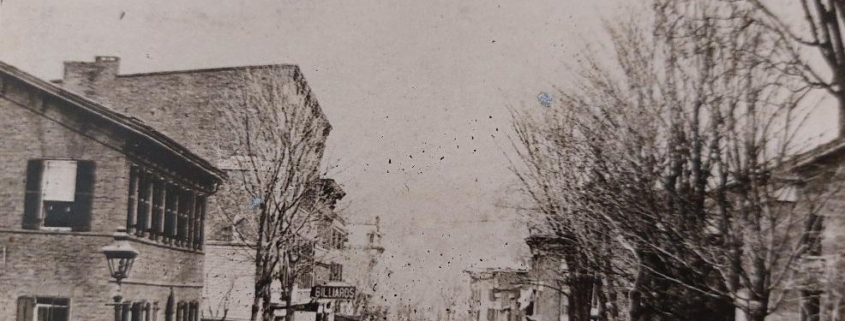LOCAL AFRICAN AMERICAN HISTORY REFLECTED STATE AND NATIONAL EVENTS
The primary purpose of this piece of writing is to chronicle a history of African American presence in Little Falls from the time of slavery up to the 2015 dedication of a monument in Little Falls Church Street Cemetery recognizing what was once known as the “Colored Burial Ground.”
